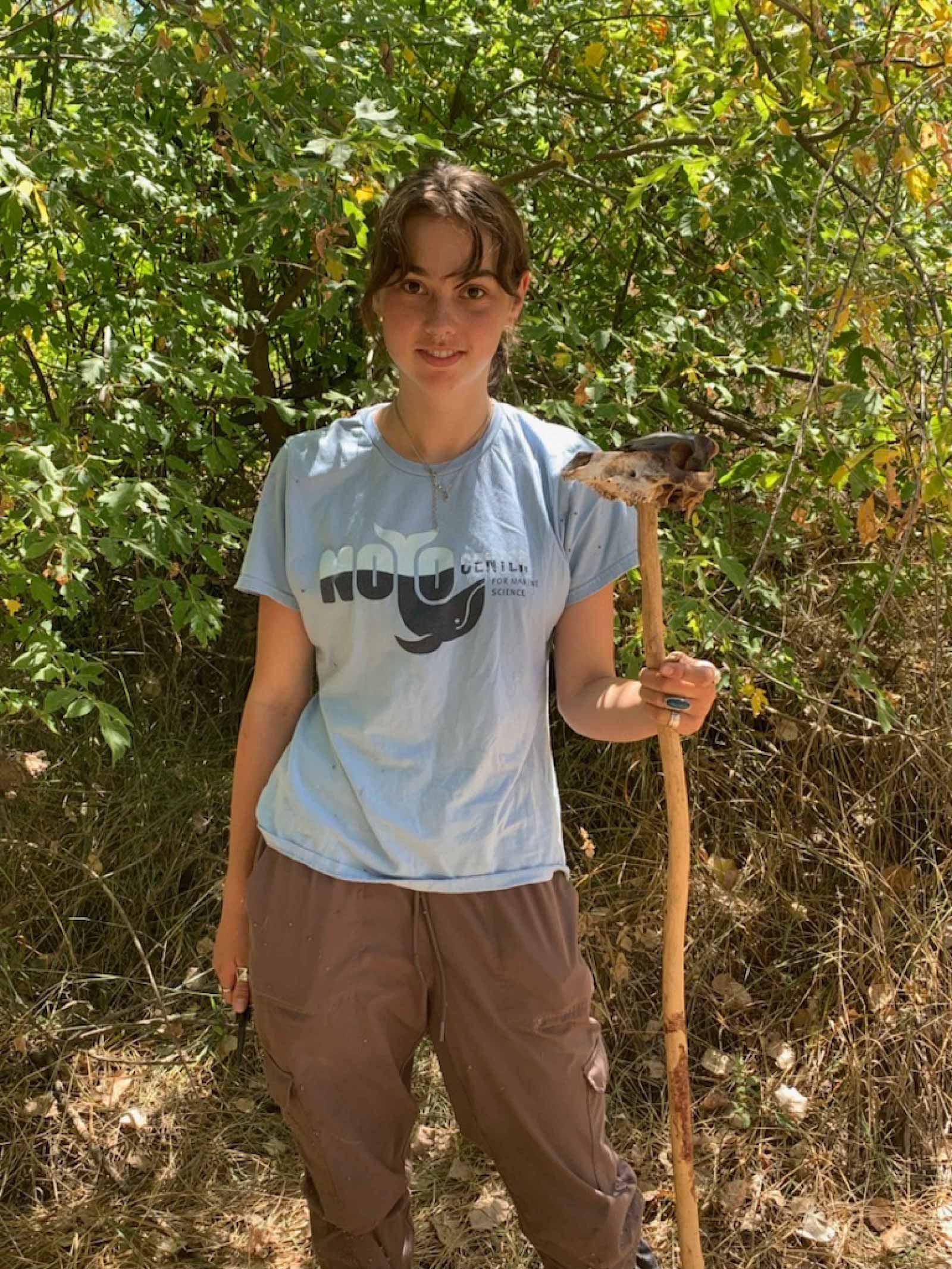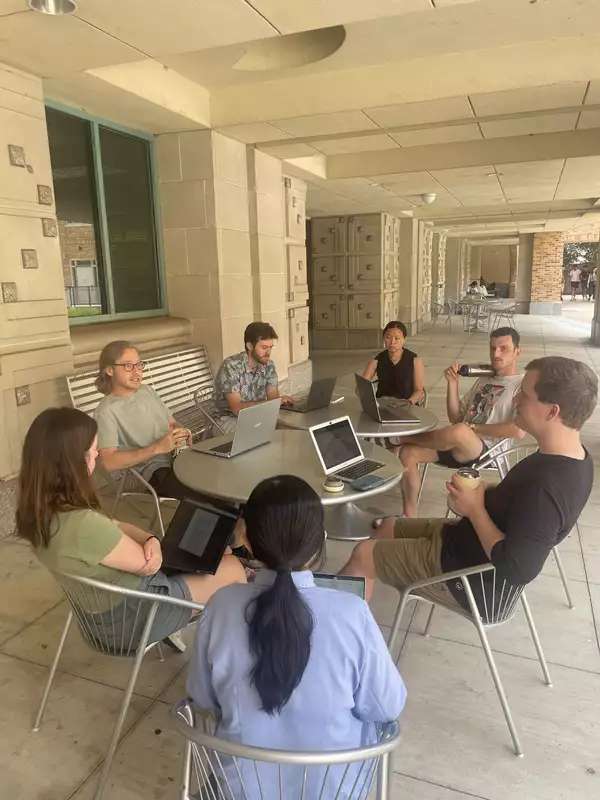This summer I am working with the Living with Lions research project. This project researches the population and behavior of mountain lions in the San Francisco North Bay to better understand these essential predators and to help mitigate human wildlife conflict. My role within this project is to help collect data on mountain lion feeding sites and to investigate their activity patterns. This study has five collared mountain lions from which we collect movement and activity data. Using this information, we are able to locate areas where it is likely that a mountain lion made a kill, we then hike out to those locations to confirm prey species, age, sex, and nutritional state. The collars also collect activity data every two minutes on the positioning and movement of the individual mountain lion giving detailed insight into their behavioral patterns.
One of the major goals I have for this summer is to figure out what movements are associated with certain behaviors, specifically hunting and feeding. Understanding the intricacies of mountain lion movement can be linked to conservation goals that aim to maintain habitat connectivity and prey abundance. In the upcoming weeks I hope to begin analyzing the activity data, starting with cleaning the data so that I am only looking at activity data from before, during, and after a prey item was killed in order to isolate hunting and feeding behaviors. I am planning to begin some initial coding to help pick out specific activities once the data only contains the information I will need. The overall goal of this analysis is to develop a better understanding of how mountain lions actually move while they are hunting and feeding. I am also aiming to catch up on feeding site investigations as we are still working on some from April and May so that we are prepared for the rest of the summer. Confirming the presence of prey items at potential feeding sites is necessary to determine times when a mountain lion was actually feeding compared to times when it was just resting. The data collection and analysis that I am conducting this summer will help to elucidate the behavior of mountain lions within this region and can hopefully be beneficial to future projects and conservation goals.


